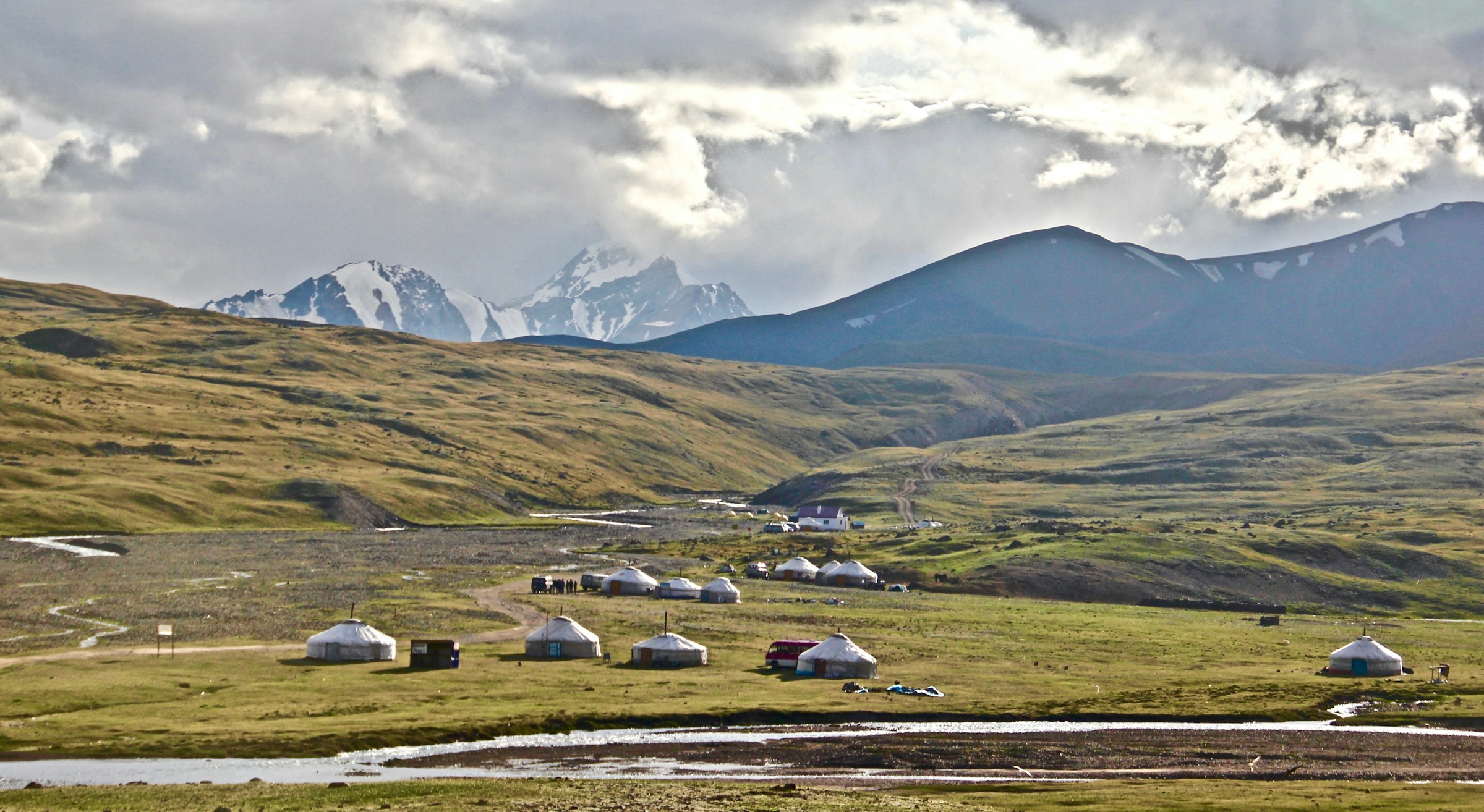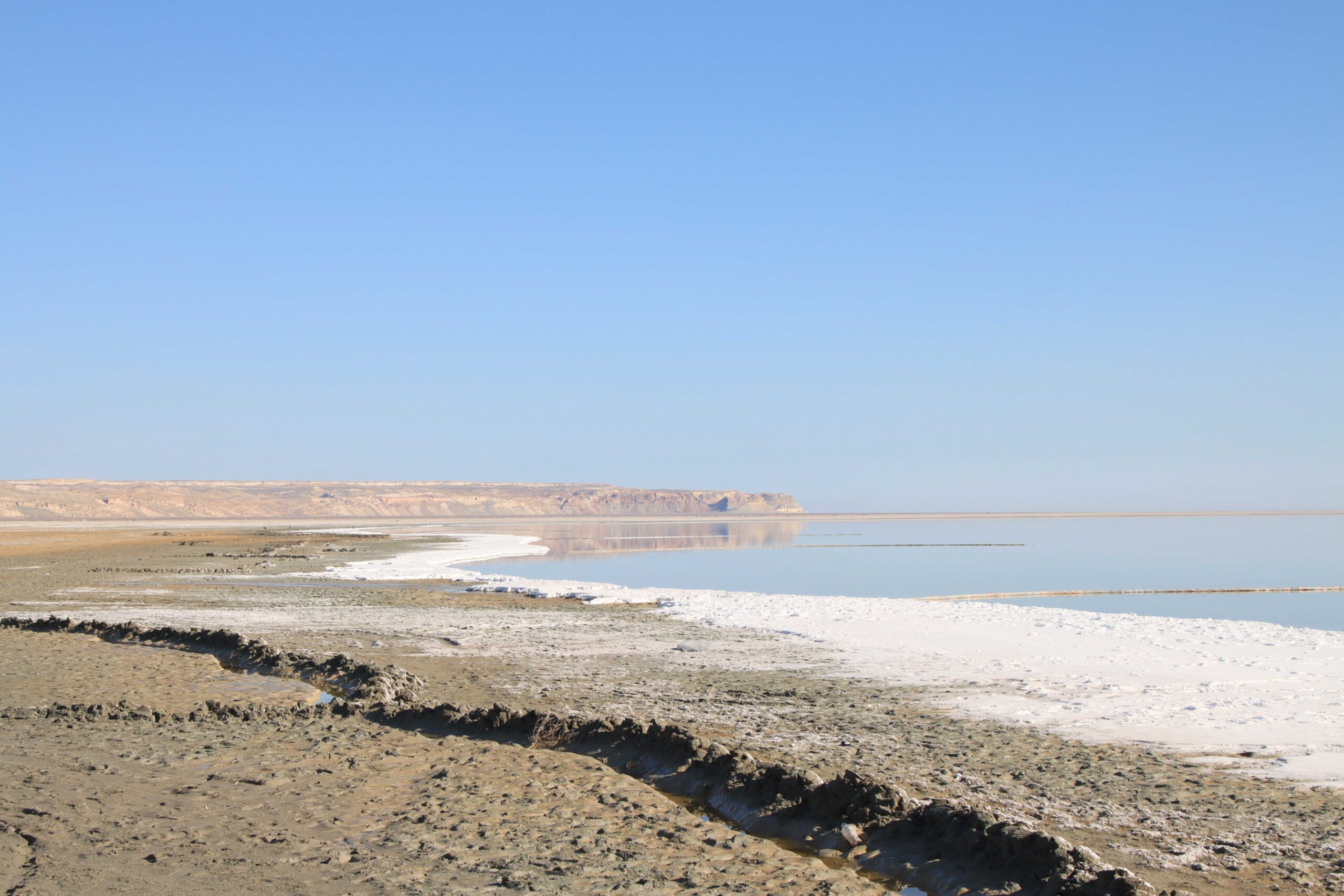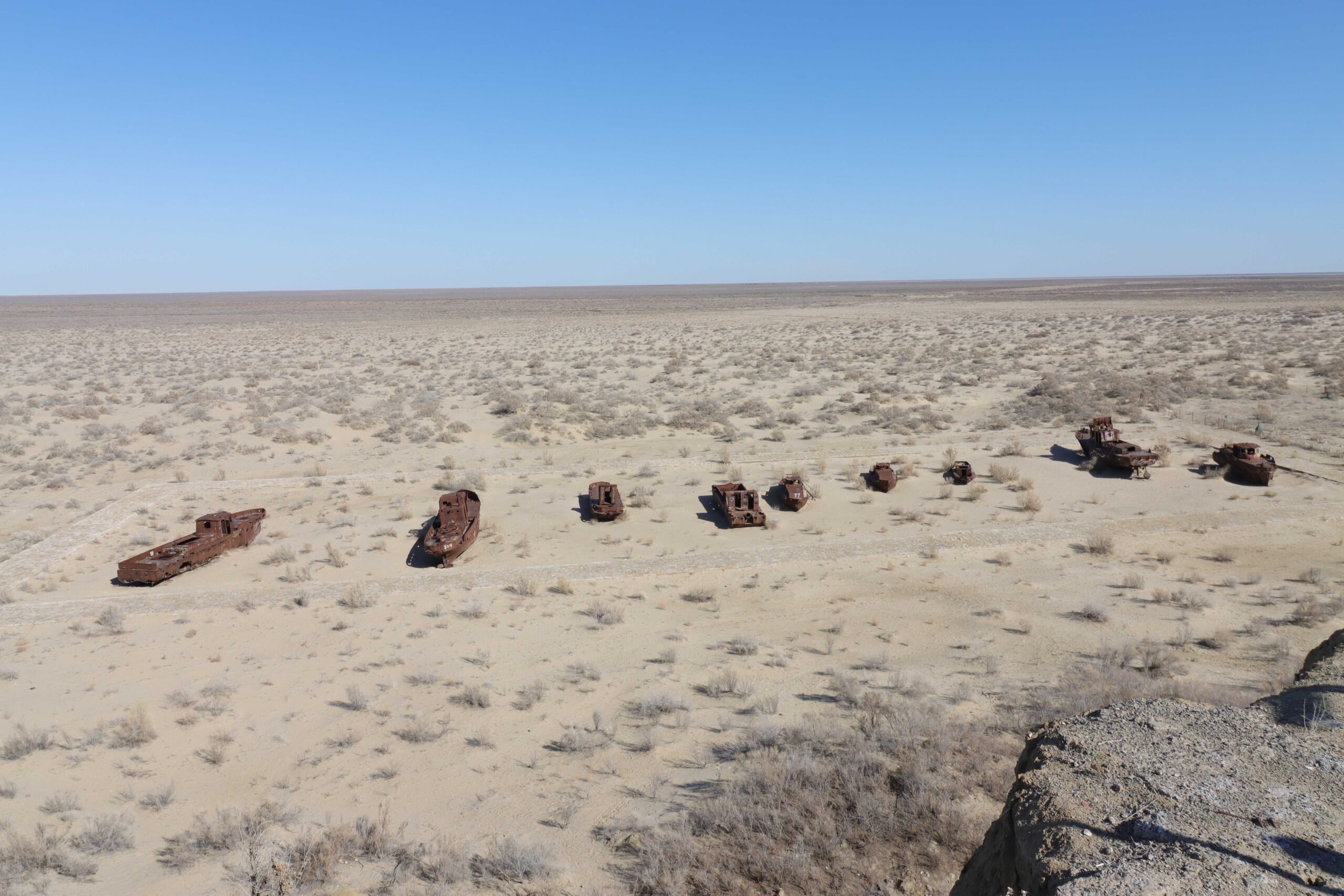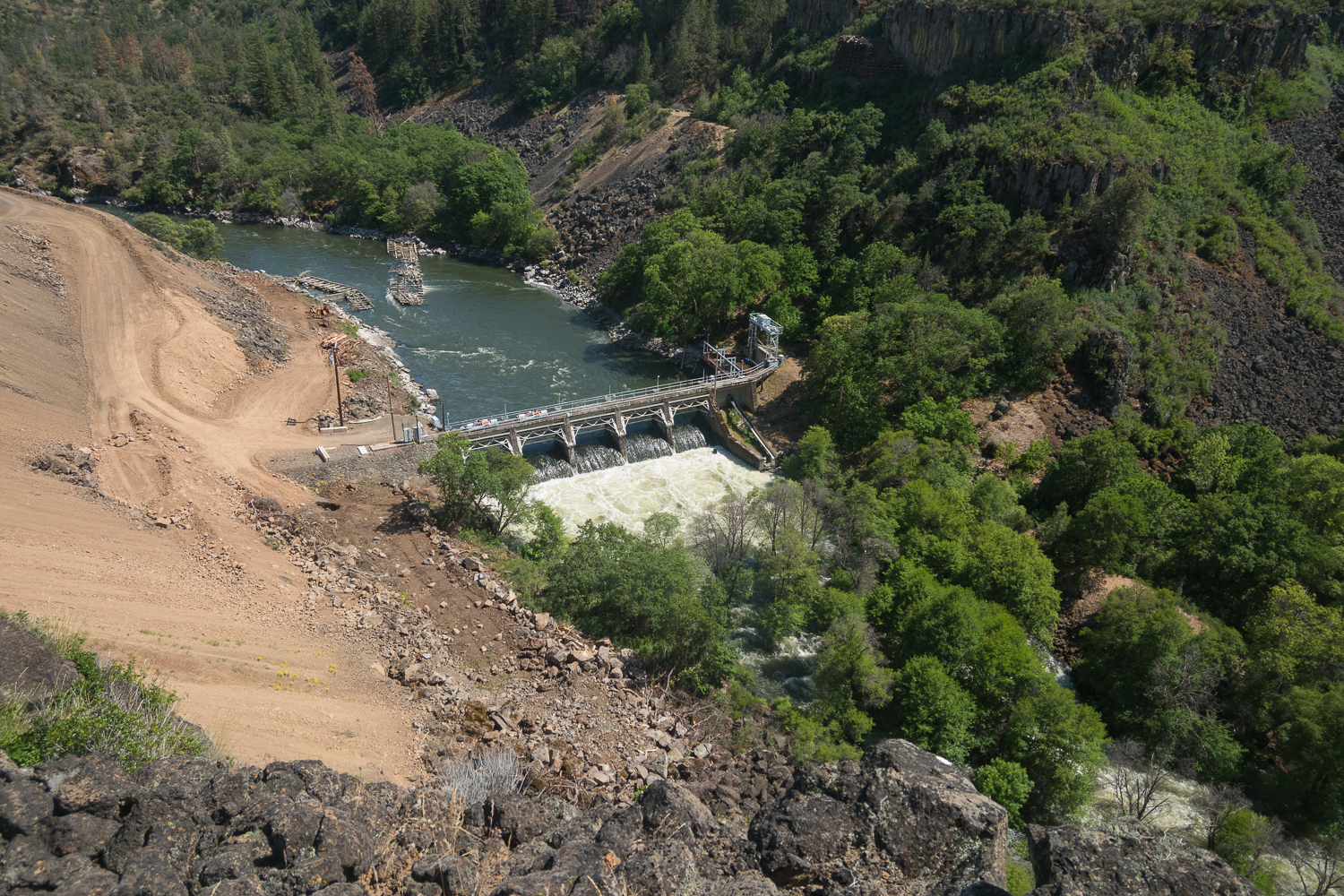Operating for over 100 years and renowned throughout the world for its dedication to preserving the natural world, The Nature Conservancy has inked a sustainable financing agreement with Mongolia that aims to help the country achieve its goal of protecting 75% of its land and fresh waters, stave off desertification, and preserve the traditional pastoral lives of its nomadic communities.
On April 20th, the government of Mongolia and The Nature Conservancy (TNC) announced the launch of Eternal Mongolia, a $198 million initiative known as a Project Finance for Permanence (PFP) agreement. So far, 6 of these PFP agreements have been made through TNC’s Enduring Earth Program, which the non-profit says will lead to the protection of 120 million hectares of land, or an area roughly the size of South Africa.
The inclusion of the Eternal Mongolia agreement nearly doubles that total, and while each agreement is different, they all involve using scientific and community/indigenous insights to craft a comprehensive framework for achieving a certain conservation outcome, then using leveraged private sector investment to drive government matching to fund it.
An unsubstantiated claim on Mongolia’s Wikipedia page suggests that after gaining independence, there was “enthusiasm to declare 100 percent of the country as a national park,” but that the country eventually settled on 30%—a marker that recently became an international standard.
TNC wrote in a statement that, in 1994, Mongolia did indeed set a target for 30% of its lands and waters to be protected, and that Eternal Mongolia will dramatically expand the conservation of one of the world’s most intact and connected temperate grasslands, along with sweeping sand dunes, rugged mountains, pristine lakes, and over 13,000 kilometers of winding rivers.
Bolor Lkhaajav reporting for The Diplomat details that part of the Eternal Mongolia framework will be measures to prevent mistakes that other countries have made, referencing how Brazilian President Jair Bolsonaro was able to withdraw or terminate various protection agreements in the Amazon Basin, signed by the previous administration.
In this regard ensuring “continuity of the projects” and that “anti-corruption measures” are maintained were considered paramount to Eternal Mongolia’s success, according to Zdenka Piskulich, the managing director of Enduring Earth for TNC.
At 133 out of 180, Mongolia ranks very poorly on Transparency International’s Corruption Perception Index, and being that Enduring Earth is only involved in an advisory role, Piskulich told The Diplomat at a recent event in Washington DC that it “is paramount for the Mongolian government to uphold the highest financial transparency for their Conservation Trust Fund”.
Private donor funds will all be held and managed by a 501(c)3 in the US called Mongolian Nature’s Legacy Foundation, as a way of helping to guard against corruption.
The stake
The stake that the stakeholders hold is the last intact grassland of its kind in Asia; an irreplaceable ecosystem home to 200,000 pastoral nomads and tens of millions of tons of sequestered carbon.
Overgrazing and unsustainable mining practices have created one of the most at-risk areas on Earth for desertification, a complex phenomenon that used to be thought of as the growth of deserts, but is now correctly identified as being the result of unsustainable use of land on the boundaries between semi-arid and arid areas.
76.9% of Mongolian grassland is at risk of desertification, and part of the Eternal Mongolia PFP will be creating a method to protect against overgrazing in vulnerable areas while also ensuring the long-term right of the pastoral community to graze. To this end, the Mongolian government and conservation groups have been looking at the US Bureau of Land Management, which issues grazing rights across millions of hectares in over ten US states.
The right to graze is imperative to the country’s economy and culture, as even though 9.1% of the country’s landmass is arable, just 843 square kilometers—a small percentage of a percentage, was reported to be irrigated by 2011.
“Climate Change is here. Mongolians are already experiencing more frequent and severe climate-induced disasters like harsh winters, droughts, and dust storms. Mongolia’s average annual temperature has increased by 2.25°C over the last 80 years, more than anywhere else on earth, and we’ve just endured the worst dzud year yet, with millions of livestock lost and people’s livelihoods ruined,” said Bat-Erdene Bat-Ulzii, Minister of Environment and Tourism on the occasion of the Eternal Mongolia announcement.
According to TNC, because of a sympathetic incumbent government, Mongolia was already committed to spending 1% of its GDP – which would be roughly $195 million in 2024 – annually on combating climate change and desertification.
“Mongolia, as a world leader in conservation, recognizes that they need to make bold investments for nature,” said Jennifer Morris, CEO of The Nature Conservancy and Board Chair of Enduring Earth. “We are tremendously inspired and honored to be working side by side to help protect their grasslands, one of the world’s largest remaining intact ecosystems, via this innovative Project Finance for Permanence mechanism”.
Existing protections cover 215,000 square kilometers across 60 protected areas, about 17% less than what the country envisioned 30 years earlier. WaL
We Humbly Ask For Your Support—Follow the link here to see all the ways, monetary and non-monetary.
PICTURED ABOVE: Gers on the Altai mountains, Western Mongolia. PC: Bolatbek Gabiden




thank you for these insightful articles